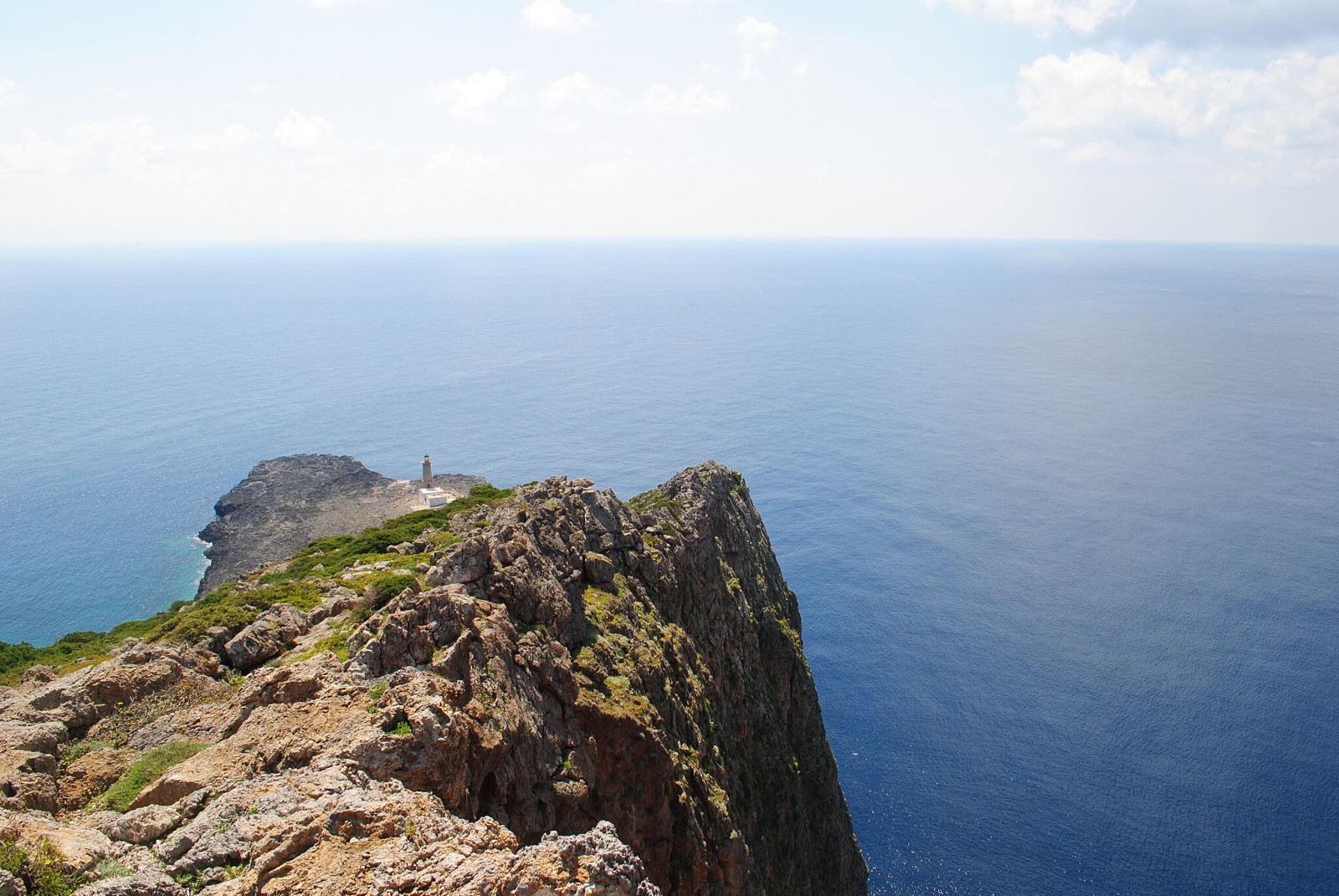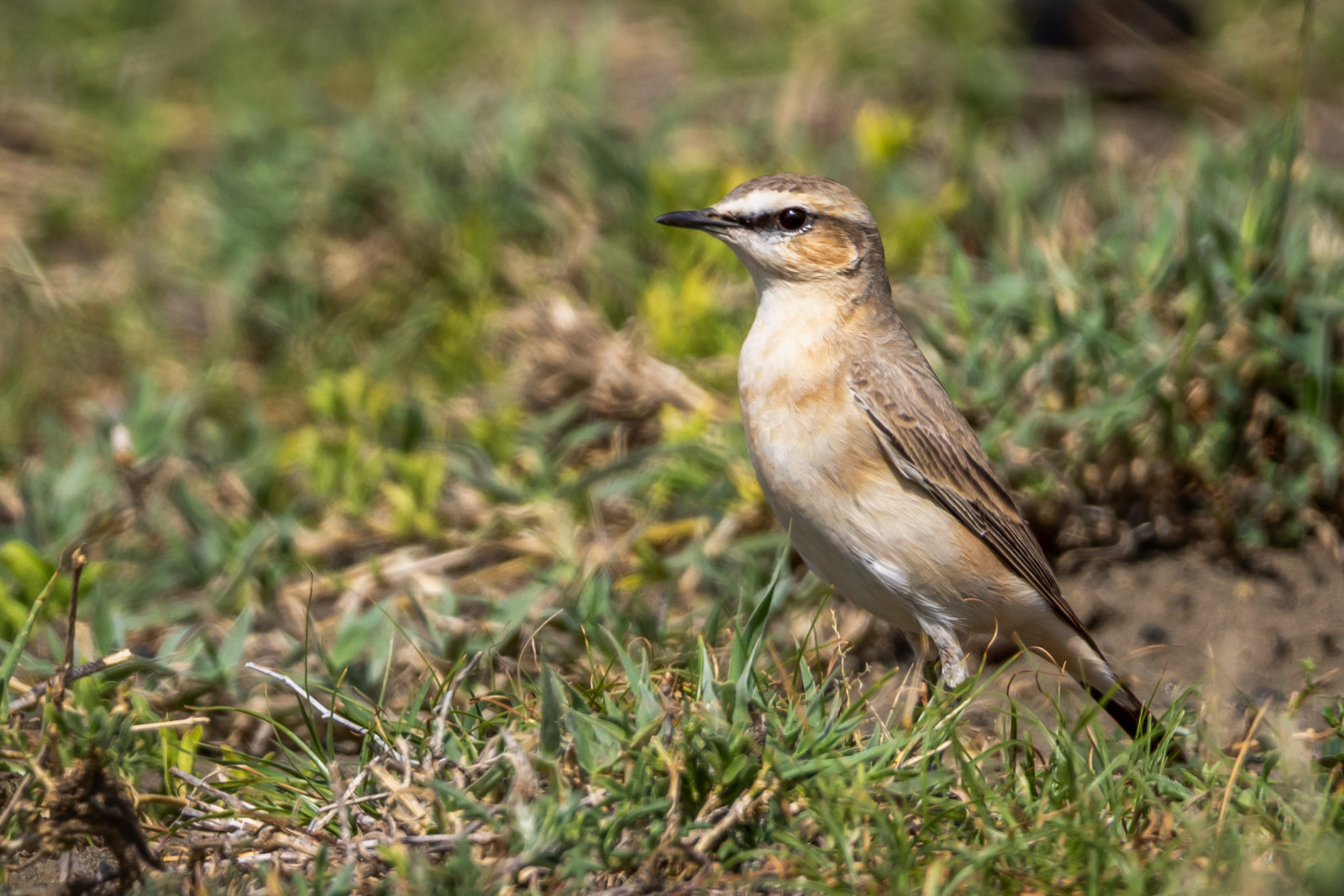Descripción
The small Greek island of Antikythira (approximately 10 kilometers long and 3.5 kilometers wide) is located between Crete and the Peloponnese. During migration Antikythira is a haven for birdwatchers, being on one of the migration corridors in the eastern Mediterranean. Every year, during both spring and autumn migration periods, a huge number of birds pass through the island of Antikythira on their way to and from their breeding grounds. Some of them just pass over without stopping while others spend here a few hours to feed and rest, after a long journey.
In spring, birds are coming from Western Crete or directly from the coasts of North Africa. From early March to mid June millions of small birds pass over the island. Along with them, many waders and waterfowls are using the coasts or the seasonally flooded fields of the inland to rest, while birds of prey pass in fluctuating numbers throughout the whole season. During the autumn migration, things are quite different as birds are coming from Europe (mainly the central and eastern parts of the continent). This time of year, however, the adults that passed in spring are accompanied by their offsprings.
The island has the only ornithological station in Greece located on the island. The station monitors nearly 250 species of birds, including the Halcón de Eleonora, which has one of its largest colonies in the world on Antikythira. The island is also one of the very few Greek sites where one can observe 28 different species of birds of prey, plus 4-5 subspecies, during both migration periods. Some of them, like Aguilucho Lagunero Occidental and Abejero Europeo are seen in concentrations even of thousands of birds. Antikythira is also the westernmost site in the world where the Collalba Isabel breeds.
The Antikythira Bird Observatory (ABO) is operated by the Hellenic Ornithological Society (BirdLife Greece) and focuses on the study and conservation of migratory birds. The observatory is active during the spring (end of March to end of May) and autumn (end of August to end of September) migration seasons. It offers opportunities for both raptor and small-bird monitoring, making it an ideal destination for bird enthusiasts.
Detalles
Accesso
Antikythira is located south of the the island of Kythira between Crete and the Peloponnese in the Aegean Sea. You can get there by ferry from Athens (Piraeus) via the island of Kythira, from Crete (Kissamos port in western Crete), from Peloponnisos (Gythio port, via Kythira) and Neapoli Voion (via Kythira). For ferry timetables visit the website of Seajets and Triton Ferries (see the links below).
Note: The island’s harbor is orientated towards the north, meaning that is not protected by the strong northern winds. This means that when prevailing winds are strong (above 7 beaufort) the ferry cannot dock due to the small size of the port. So you can never be totally sure about your arrival and departure date. Therefore you may have to wait some days before coming and possibly you have to stay a bit longer. It is strongly recommended for all visitors to plan their travel allowing some spare days especially for the departure.
If you're interested in visiting, you can participate in bird ringing activities, observe the migration of various bird species, and enjoy the natural beauty of the island. The observatory also promotes Antikythira as an ecotourism destination, providing a unique experience for visitors. ABO volunteers can stay in a guesthouse that has been built for this purpose. Contact person: Christos Barboutis, cbarboutis@ornithologiki.gr




